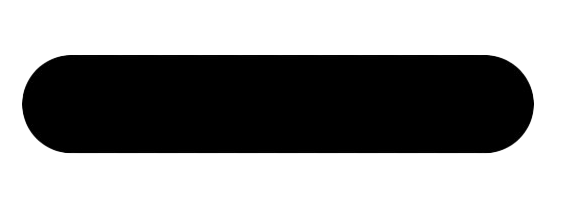Download free Minus PNG Transparent Images, vectors, and clipart for personal or non-commercial projects. Ideal for any design or creative projects. To view the full PNG image in its original resolution, simply click on any of the thumbnails below.
Subtraction is an arithmetic operation that represents the operation of removing objects from a collection. The result of the subtraction is called the difference. Subtraction is indicated by a minus sign (-). Subtraction is the removal or reduction of physical and abstract quantities using various kinds of objects, including negative numbers, fractions, irrational numbers, vectors, decimal fractions, functions and matrices.
Subtraction follows several important patterns. This is anti-commutative, meaning that a change in order changes the sign of the answer. It is also not associative, which means that when more than two numbers are subtracted, the order in which the subtraction is performed matters. Since 0 is an additive identity, subtracting it does not change the number. Subtraction also obeys predictable rules regarding related operations, such as addition and multiplication. All these rules can be proved, starting from subtraction of integers and generalization to real numbers and further. The general binary operations that continue these patterns are studied in abstract algebra.
Performing a subtraction is one of the simplest numerical tasks. Subtracting very small numbers is available for young children. In primary education, students are taught to subtract numbers in the decimal system, starting with single digits and gradually solving more complex problems.
In advanced algebra and in computer algebra, an expression involving subtraction like A – B is usually considered as an abbreviation for the addition of A + (-B). Thus, A – B contains two terms, namely A and -B. This makes it easier to use associativity and commutativity.
Subtraction of real numbers is defined as the addition of signed numbers. In particular, the number is subtracted by adding its inverse additive. Then we have 3 – π = 3 + (−π). This helps keep the prime ring “simple”, avoiding the introduction of “new” operators, such as subtraction. Typically, a ring has only two operations defined on it; in the case of integers, this is addition and multiplication. The ring already has the concept of additive inversions, but it does not have any concept of a separate subtraction operation, therefore, using the folded with a sign as a subtraction allows us to apply the axioms of the ring to the subtraction without the need to prove anything.
Percentage changes can be reported in at least two forms: percent change and percent change. A percentage change is a relative change between two percentages, while a percentage change is simply a number obtained by subtracting two percent.

































